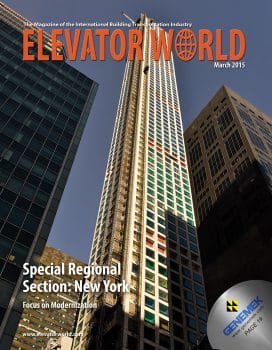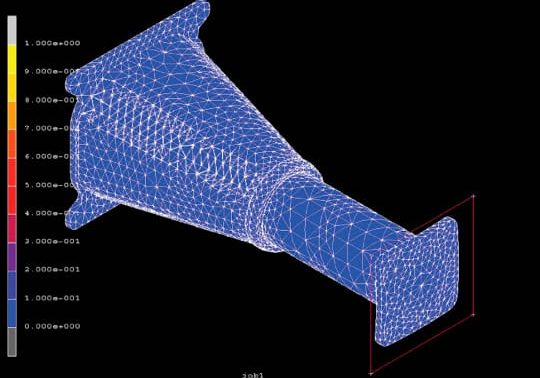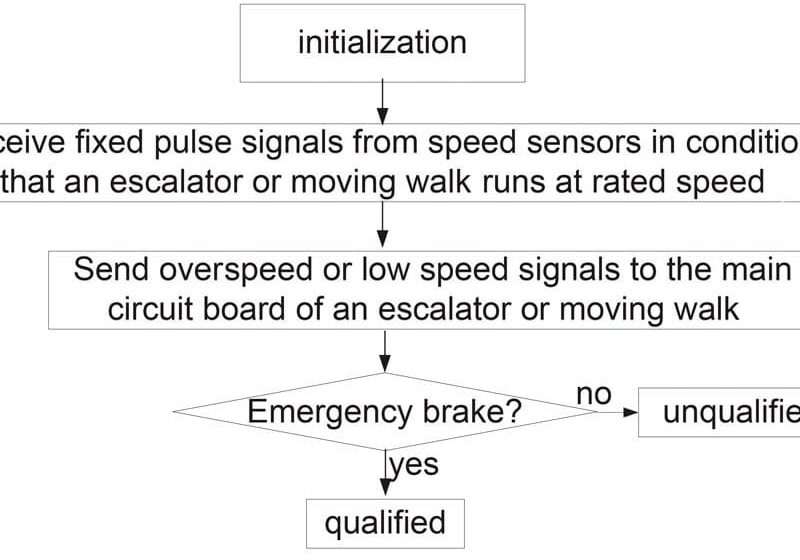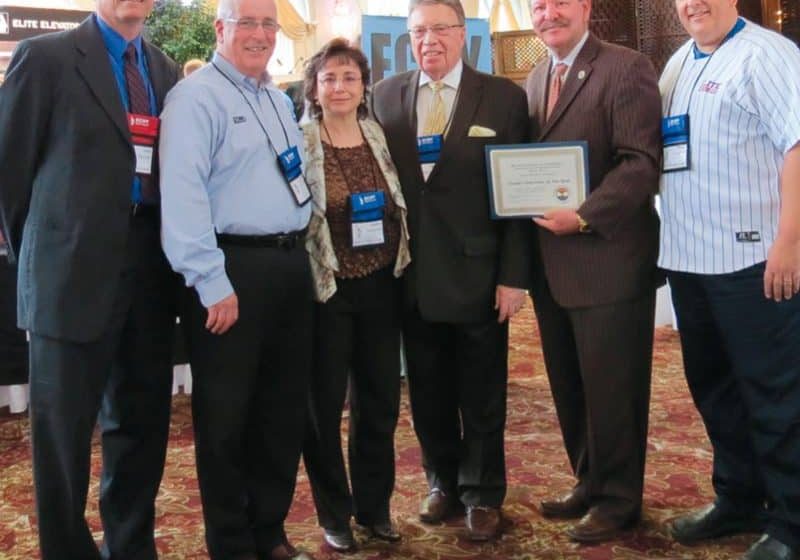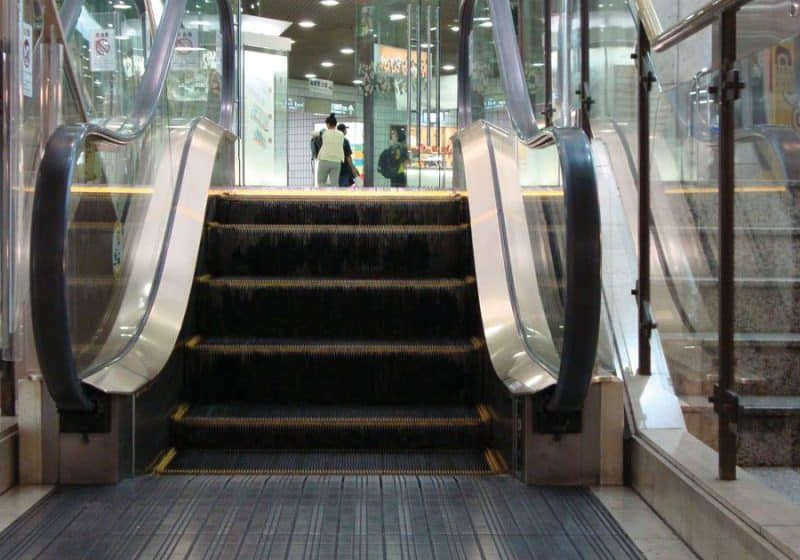Your authors, from NYC-based TEI Group, address the need for an industrywide set of safety standards.
by Ray Downs and Robert Pitney, TEI Group
In an industry with such a high possibility of physical harm to our workforce, why is it taking so long for us to realize the critical need to define, design, develop, implement, test and verify a single, industrywide set of safe-work practices and procedures? Everyone in the U.S. must follow the U.S. Department of Labor’s OSHA standards. While a few companies go above and beyond these standards, many still do not have written safety programs in place and/or the resources to develop them. Under-resourced companies, while doing the best they can, can do little more than hope nothing happens to one of their employees.
It is now time to develop one universal set of safety standards for our entire industry.
In an industry consisting of startups, mom-and-pop shops, billion-U.S.-dollar conglomerates and everything in between, there is one common thread we share: we are all elevator men and women, coming to work each day to earn a living for ourselves and our families.
When one of our tradespeople experiences a serious – or, worse yet – fatal injury at work, the news will most likely first come from a colleague. Upon hearing such news, many of us express relief it was not one of our employees. However, this relief is tinged with dread, since we all know it could have happened to any one of us on any given day.
The American Society of Mechanical Engineers and the American National Standards Institute, Inc., have already developed and published numerous codes and standards. These are intended to serve as the basis for the design, construction, installation, operation, testing, inspection, maintenance, alteration and repair of elevators, dumbwaiters, escalators, moving walks and material lifts. Unfortunately, they fail to address certain key issues, such as how to safely get on top of an elevator cab to perform routine maintenance.
It is now time to develop a single, universal set of safety standards for the entire industry. They need to be written, adopted and deployed so we can eliminate the guesswork from the precautions our workers take in order to safely perform their jobs. Whether you’re a mom-and-pop shop staffed with third-generation tradespeople or one of the international players, we can no longer afford to play by different sets of safety rules and practices.
We envision a future where, in order to operate, an elevator company must first demonstrate it has a program through which it trains, deploys, tests and verifies employees on a defined set of standard, industry-specific safe-work practices. These practices will need to address both dated equipment still in service, but needing to be brought up to today’s standards, as well as highly advanced equipment coming online.
It is time for all of us to work toward the unifying goal of a single set of safety standards for our entire industry. Only then can we truly become safer. To succeed, there are 10 safety standards, not new to the industry, we all need to adopt, related to the machine room, car top, pit/escalator and hoistway. They are:
- Lockout/tagout (machine room)
- Electrical safe-work practices (machine room)
- Jumper process (machine room)
- Top-of-car access/egress (car top)
- Fall protection (car top)
- Pit access/egress (pit/escalator)
- Mechanical stored energy (pit/escalator)
- False car, and running and working platforms (hoistway)
- Chainfalls/scaffolds/ladder safety (hoistway)
- Materials handling (hoistway)
Whether you’re a mom-and-pop shop staffed with third-generation tradespeople or one of the international players, we can no longer afford to play by different sets of safety rules and practices.
Each of these processes comes with a detailed set of steps that must be followed. The steps must first be taught to employees, then deployed and implemented at the field-mechanic level.
While we’re sure some companies already have such standards in place, we need the cooperation of unions, merit shops, independent companies and the big OEMs to unify the industry around standard safety processes. The end result will be a safer industry, bound together by one set of standards, in which the potential for pain and suffering endured by our workforce, and their families, is significantly reduced.
Elevator World Inc.’s Elevator Industry Field Employees’ Safety Handbook is a great starting point in this endeavor. We should contemplate positioning it as a template for industrywide safety standards. Using it in conjunction with practices and procedures already established by the likes of Otis, Schindler, ThyssenKrupp Elevator and KONE could produce a viable, single set of safety rules behind which we can all stand.
Using [the Elevator Industry Field Employees’ Safety Handbook] in conjunction with practices and procedures already established by the likes of Otis, Schindler, ThyssenKrupp Elevator and KONE could produce a viable, single set of safety rules behind which we can all stand.
First, we need to come together, and then work together to develop this universal set of standards. With that accomplished, all elevator companies, and the unions that represent the apprentices, mechanics and their families can stand united. Together, we can and will be a stronger and better educated industry suffering fewer accidents, injuries and fatalities, which will allow us to continue to thrive safely for decades to come.
If this article seems a bit ahead of its time, we hope we will at least jump-start the dialogues that must be held in order to make our industry safer for all its workers. We need to talk about what we need to do better as an industry, through open dialogue during contract negotiations, at safety committee meetings and in the boardroom, so we can collectively make enhanced safety practices an industry priority sooner rather than later. We challenge each of you to have an open mind in the pursuit of one set of safety standards for the elevator industry.
Get more of Elevator World. Sign up for our free e-newsletter.

